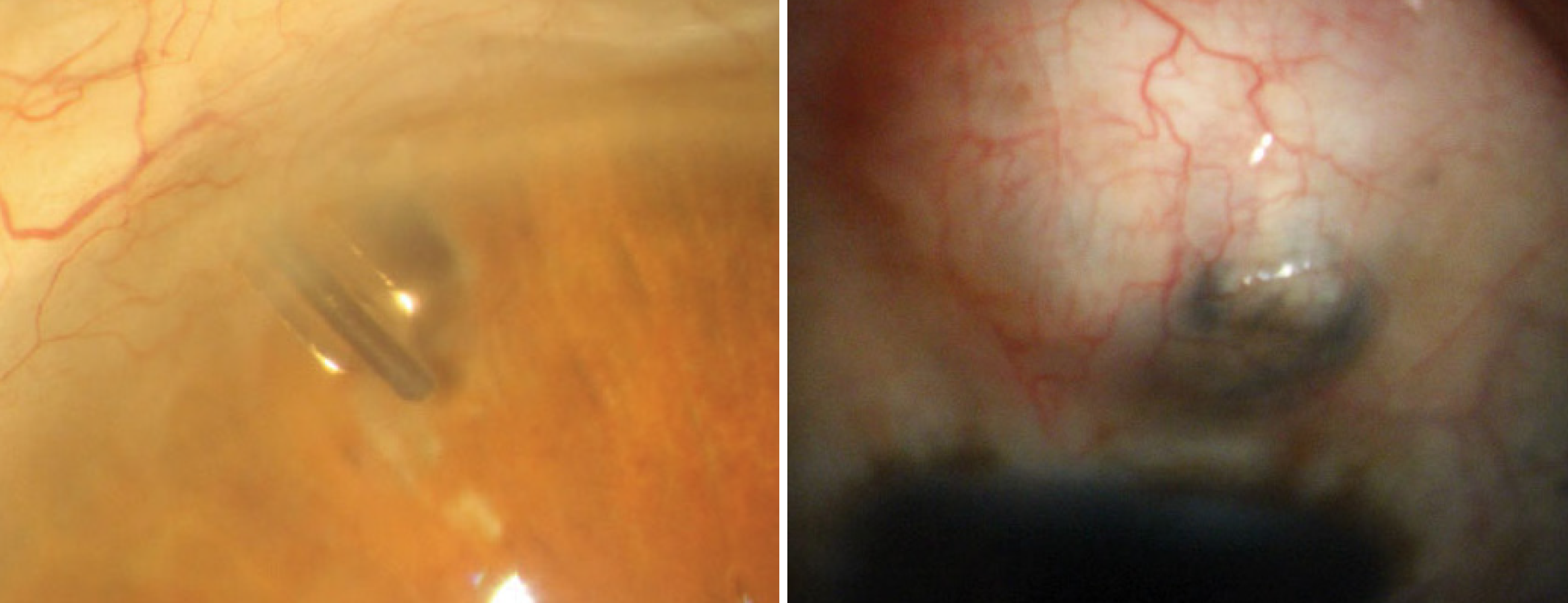While IOP is an appropriate indicator of the effectiveness of glaucoma surgical treatment, many researchers believe that the ideal measure of any glaucoma therapy is the prevention of further glaucomatous optic nerve damage and the preservation of visual function. Visual field (VF) and optic nerve/retinal nerve fiber layer assessment are standard methods for judging the stability of glaucoma. The Primary Tube Vs. Trabeculectomy (PTVT) Study is a multicenter randomized controlled clinical trial that enrolled patients with uncontrolled glaucoma who had previously undergone cataract and/or glaucoma surgery and randomly assigned them to treatment with a 350mm2 Baerveldt glaucoma implant tube shunt surgery or trabeculectomy with mitomycin C. A recent analysis of PTVT data published in Ophthalmology described VF outcomes of the study. The research team observed slow rates of VF loss after the procedures but no significant difference in the rate of VF progression was seen overall between them.
 |
|
Both tubes and trabs maintained vision well in the PTVT study. Following surgery, worse IOP control was associated with faster rates of visual field progression. Photo: Justin Schweitzer, OD. Click image to enlarge. |
The study included a total of 155 eyes from 155 subjects randomly assigned to treatment with tube shunt surgery (n=84) or trabeculectomy with mitomycin C (n=71). The study group evaluated 730 standard automated perimetry (SAP) tests, with an average of 4.7 tests per eye.
A total of 730 SAP tests were evaluated, with an average of 4.7 tests per eye. The average SAP MD at baseline was -12.8dB in the tube group and -12.0dB in the trabeculectomy group. The mean rate of change in standard automated perimetry (SAP MD) was -0.32dB/year in the trabeculectomy group and -0.47dB/year in the tube group. Eyes with mean IOP 14mm Hg to 17.5mm Hg had significantly faster rates of SAP MD loss compared with eyes with mean IOP <14mm Hg (-0.59db/year vs. -0.27dB/year) and eyes with only 50% to 75% of visits with IOP <18mm Hg had faster rates than those with 100% of visits with IOP <18mm Hg (-0.90db/year vs. -0.29dB/year). Multivariable analysis identified older age and worse IOP control as risk factors for faster progression in both treatment groups.
“Assessment of visual fields from the PTVT Study demonstrates a slow rate of progression after surgical intervention,” the researchers wrote in their paper. “However, there was no significant difference in the rate of SAP MD loss between the trabeculectomy and tube shunt groups.”
“Viewed in conjunction with other findings from the PTVT Study, this analysis confirms similar efficacy of both trabeculectomy and tube shunt implantation as a primary surgical treatment for glaucoma,” the study authors concluded.
Swaminathan SS, Jammal AA, Medeiros FA, Gedde SJ; for the Primary Tube Vs. Trabeculectomy Study Group. Visual field outcomes in the Primary Tube Vs. Trabeculectomy Study. Ophthalmology. April 4, 2024. [Epub ahead of print]. |


